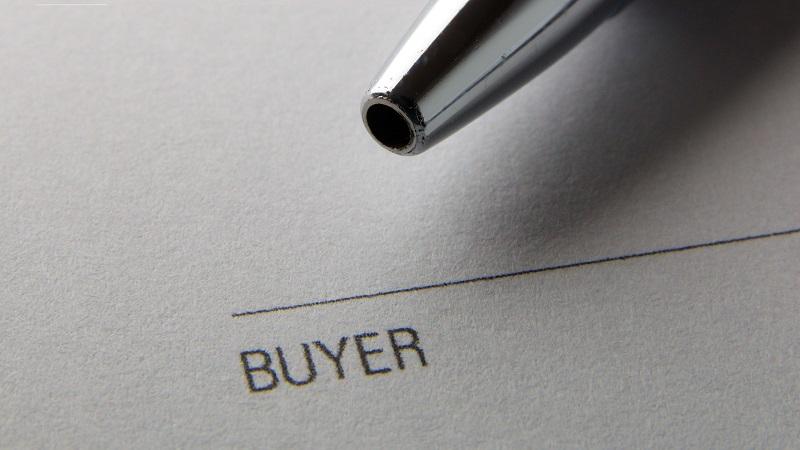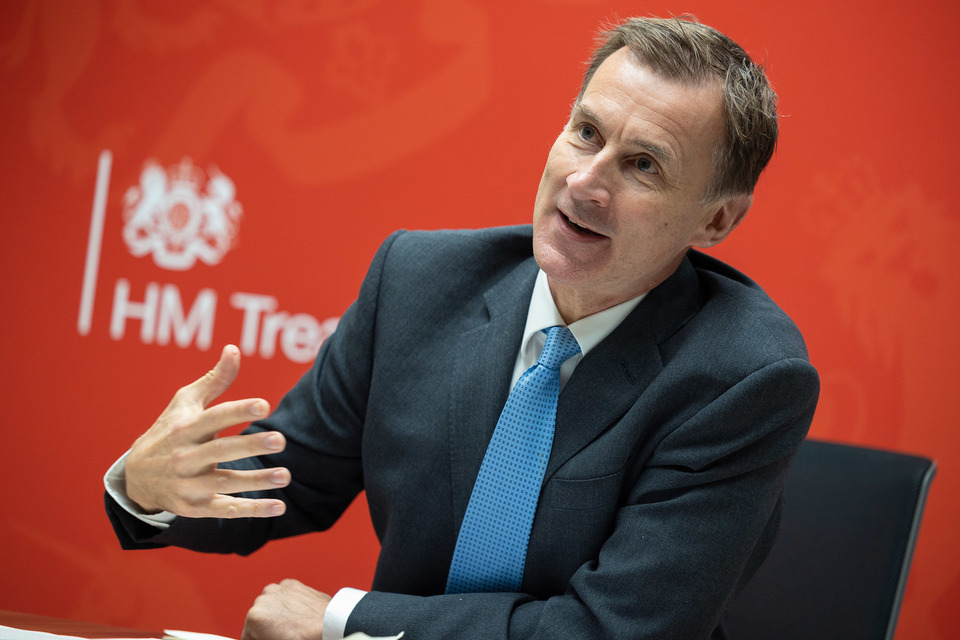There were 7.4 million people using a digital personal tax account by the end of 2016 – 400,000 more than its initial target – according to HMRC’s quarterly performance figures.
HMRC said that 7.4 million people had registered for a digital personal tax account by December 2016 – Photo credit: Flickr, Images Money, CC BY 2.0
The tax authority’s Single Departmental Plan, published initially in 2016, said that it wanted to have 7 million digital tax users by April 2017.
However, HMRC has yet to achieve its customer satisfaction targets for digital services – it is aiming for an average of 80% customer satisfaction but achieved only 75.1% in the last nine months of 2016, when it first started recording this statistic.
The latest quarterly figures, released yesterday, also show that the period of October to December 2016 had the lowest average customer satisfaction of the year, of 74.2% – down from 76% in July to September.
The department said that it would “continue to closely monitor our performance against this target as our digital services grow and develop”.
Elsewhere in the report, figures show that the tax authority has continued to exceed its target to reply to 95% of i-forms and secure emails within 7 days, with a consistent 99% response rate throughout 2016.
Related content
HMRC promises thorough pilots for digital tax reforms but stops short of delaying launch
HMRC says it is ‘committed’ to Verify for individuals
A digital transformation for government workers
HMRC’s digital targets are part of its aim to be the most digitally advanced in the world, which includes efforts to modernise its IT estate and encourage people to interact with the department online, as well as its Making Tax Digital reforms, the final details of which were set out in the draft Finance Bill earlier this month.
The department has also said it wants to make better use of data to improve compliance, personalise services and better target potential exporters, and is recruiting for a data exploitation officer to drive its wider data strategy.
More broadly, HMRC has said that, through the digitisation of tax collection and employing “a smaller but more highly skilled workforce”, it will make £1.9bn in cumulative sustainable efficiency savings over the course of this parliament.
The sustainable cost savings target for the 2016-17 financial year is £203m, but the most recent figures show that its savings between April and December 2016 come to £118.6m, with just £21.8m sustainable cost savings during the most recent, third quarter. This is compared with £46.7m in the first quarter of the 2016-17 financial year and £50.1m in the second.
The draft Finance Bill is due to come under the scrutiny of the House of Lords Economic Affairs Finance Bill Sub-Committee next week, with a session on 22 February hearing from the Making Tax Digital programme director Theresa Middleton and the director general of customer strategy and tax design at HMRC Jim Harra.



